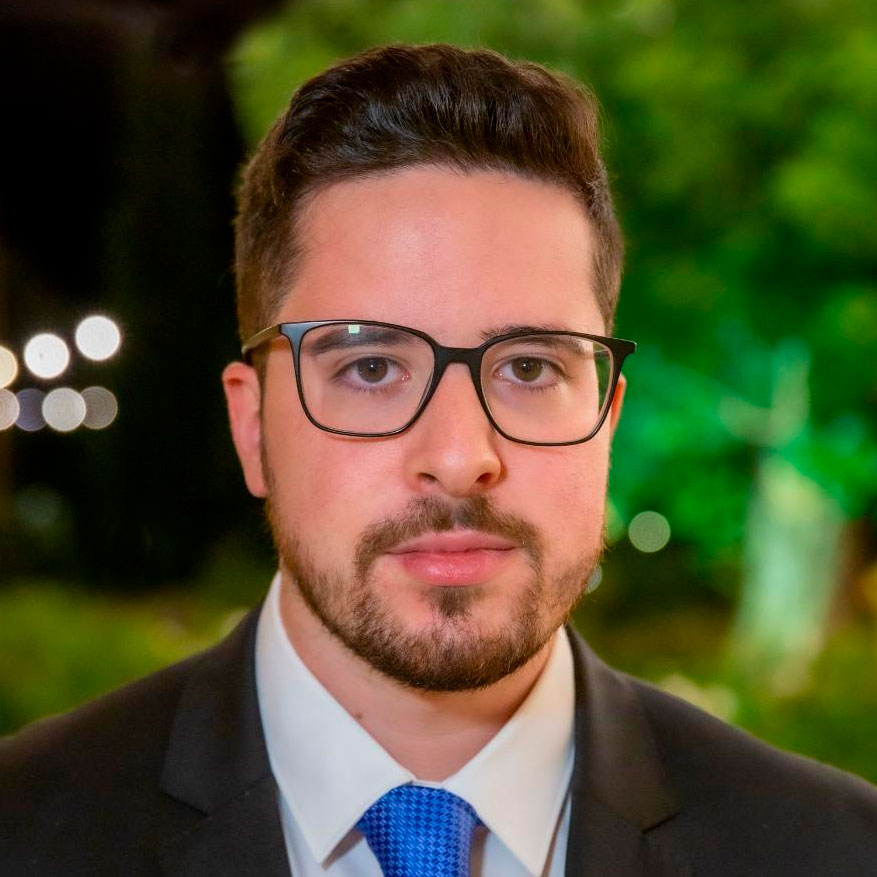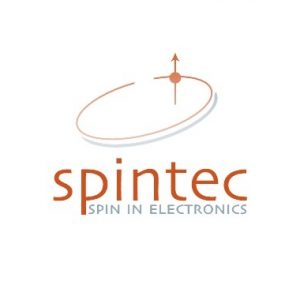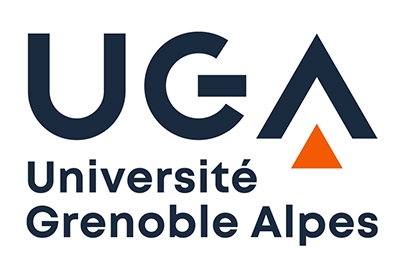- Research project
Electric-field control of the spin-orbit conversion in Rashba interfaces
- Project supervisor
Dr. Jean-Philippe Attané
- Recruitment date
- 01/11/2021

Paolo Sgarro

My name is Paolo Sgarro. I was born on the 1st April 1997 in Foggia, a town in Puglia, in the south of Italy.
During my teenage years, I developed a quite wide range of interests, but my leading passion was toward science. For this reason I moved to Milan, where I enrolled in Politecnico di Milano and graduated in Engineering physics. After obtaining my Bachelor’s degree in 2019, I started an MSc, again in Engineering Physics, choosing a specialization with a high focus in Nanophysics and Nanotechnology. During my MSc, I got extremely fascinated by the field of Spintronics, which impressed me both from a theoretical point of view and for its potential applications. Led by this interest, I applied and enrolled for an internship at Spintec – CEA, in Grenoble, where I have been working on spin to charge conversion in a two dimensional electron gas, as well as on the development of a memory based on a spin-orbit ferroelectric technology. I applied to this ITN project because I believe that spin-orbitronics can have a key role for next to work as a scientist for high impact projects in companies or in the academia.
Project Description
The rich physics of transition metal oxides is related to the delicate balance between charge, spin and orbital degrees of freedom. Quantum phenomena allows for the appearance of 2-dimensional electron gas at oxides surface and interfaces, with a large diversity of functional properties (insulators, metals, superconductors, ferromagnets, antiferromagnets, ferroelectrics, etc.). In recent studies [2-4] we have shown that these materials are exciting candidates for the spin-charge conversion.
The PhD project aims at exploring the possibilities offered by these features, in particular for the development of the reading part in magneto-electric spin-orbit logic devices recently proposed by Intel [5]. The gate dependence of the conversion and the material characterization and optimization will be done by the spin pumping technic. The PhD student will realize the device nanofabrication in order to measure the spin-charge interconversion electrically . He/she will explore the potential offered by the electric-field control of the spin-orbit conversion and by the unidirectional magnetoresistance to create new devices. The PhD students will develop skills in nanofabrication, and in magnetotransport (at room and low temperature) in thin films and in nanodevices. Transport simulations will be performed in order to analyse the data.
[1] J.C. Rojas Sanchez et al., Nature Communications 4 (2013): 2944.
[2] E. Lesne et al., Nature Materials 15.12 (2016): 1261.
[3] D.C. Vaz et al., Nature Materials, 18(11), (2018) 1187-1193.
[4] P. Noel et al., Nature 580.7804 (2020): 483-486.
[5] Manipatruni et al., Nature 565.7737 (2019): 35.
Host institution
 Positioned at the crossroad of science and technology, the Spintec Laboratory* is one of the leading research laboratories in spintronics worldwide, with around 100 staff members. From basic science to the proof of concepts and technology transfer, the mission of Spintec is widespread from doing fundamental research in spintronics to bridging between new concepts and innovation in companies. Located in Grenoble in the French Alpes it offers a lively place to conduct research and enjoy life.
Positioned at the crossroad of science and technology, the Spintec Laboratory* is one of the leading research laboratories in spintronics worldwide, with around 100 staff members. From basic science to the proof of concepts and technology transfer, the mission of Spintec is widespread from doing fundamental research in spintronics to bridging between new concepts and innovation in companies. Located in Grenoble in the French Alpes it offers a lively place to conduct research and enjoy life.
The group led by L. Vila and J.P. Attané has pioneered several spin-to-charge interconversion experiments in the bulk of materials, and at various Rashba interfaces [1,2] and surfaces of topological insulators. The group is expert in the design, fabrication and characterization of various nanodevices by magneto-transport.
*Spintec is jointly operated by CEA, CNRS, UGA, and G-INP, and is represented by CEA in the context of the SPEAR project.
Planned Secondments
nanoGUNE (San Sebastián, Spain) for all electrical inter-conversion devices fabrication, under the supervison of Felix Casanova.
NanOsc* (Stockholm, Sweden), to applying the gate-voltage-controlled SCC at Rashba interfaces to nano-oscillators, under the supervision of Fredrik Magnusson.
*The seconded ESR will carry out their research activities at Gothenburg University, and not at NanOsc.
Registering University
Université Grenoble Alpes (Grenoble, France)




